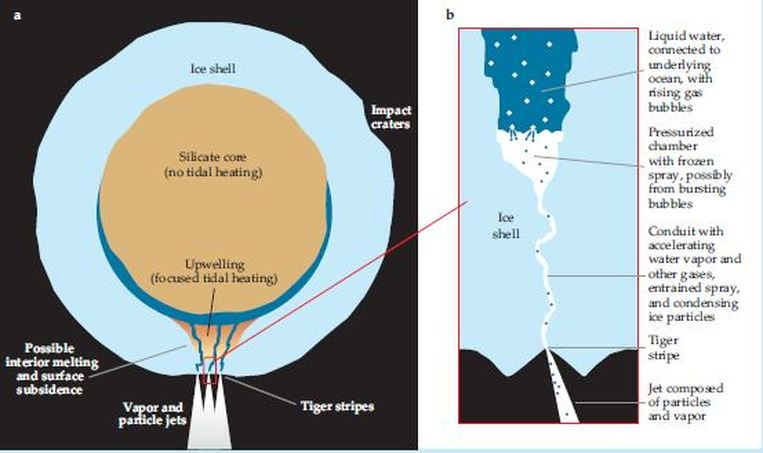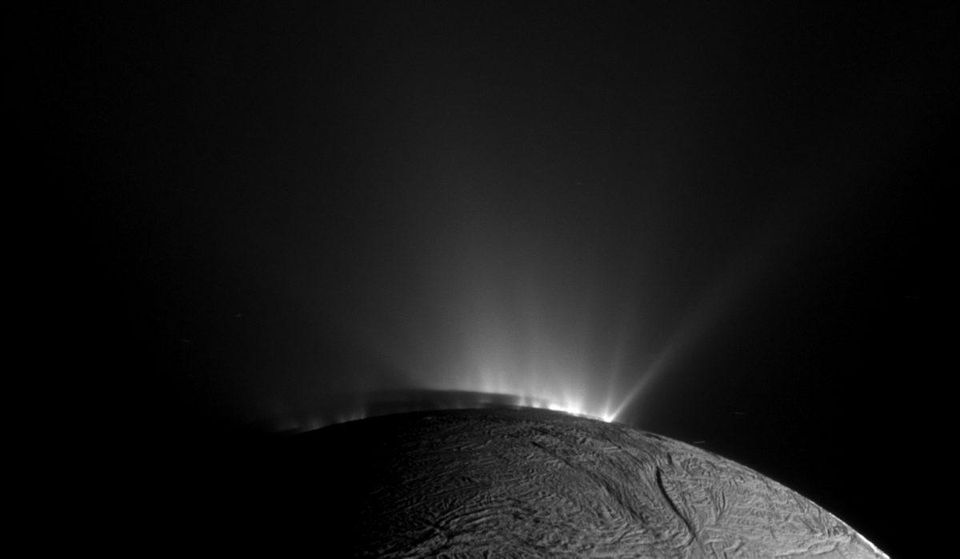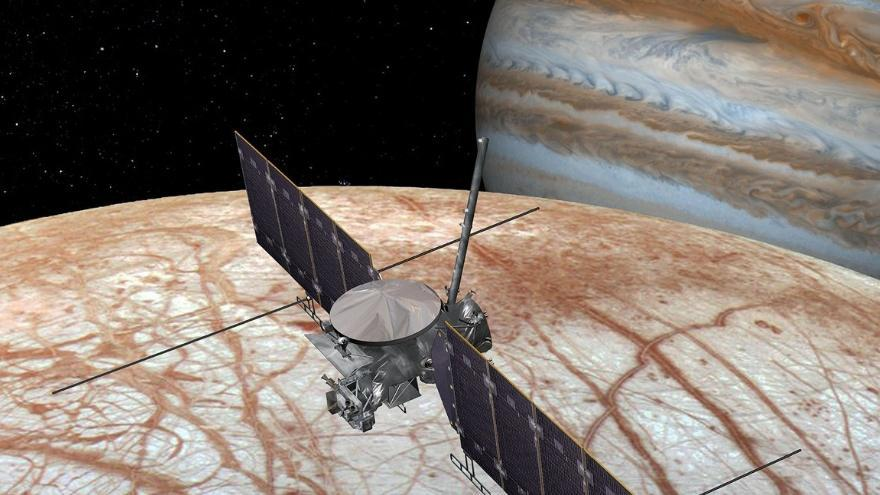Cryovolcanism (AKA Ice Volcanoes)!!  https://abs.twimg.com/emoji/v2/... draggable="false" alt="❄️" title="Schneeflocke" aria-label="Emoji: Schneeflocke">
https://abs.twimg.com/emoji/v2/... draggable="false" alt="❄️" title="Schneeflocke" aria-label="Emoji: Schneeflocke"> https://abs.twimg.com/emoji/v2/... draggable="false" alt="🌋" title="Vulkan" aria-label="Emoji: Vulkan">
https://abs.twimg.com/emoji/v2/... draggable="false" alt="🌋" title="Vulkan" aria-label="Emoji: Vulkan">
(1)
(1)
Before I begin the thread, I HIGHLY encourage everyone to check out the blog post I made associated with this thread. It goes into WAY more detail and helps support me to make more stuff like this in the future!
https://jaz21693.wixsite.com/mysite/post/cryovolcanism
(2)">https://jaz21693.wixsite.com/mysite/po...
https://jaz21693.wixsite.com/mysite/post/cryovolcanism
(2)">https://jaz21693.wixsite.com/mysite/po...
When we think of volcanism on Earth, we tend to think of eruptions with hot flowing lava and volcanic ash, but deeper in our Solar System, on the icy moons, there are some unusual volcanoes. These volcanoes don& #39;t erupt molten rock, but instead, they erupt volatiles such as...
(3)
(3)
water, ammonia, or methane (Wikipedia).
These cryovolanoes just might be the building blocks for extraterrestrial life!
(4)
These cryovolanoes just might be the building blocks for extraterrestrial life!
(4)
In order to understand the cause of cryovolanism, let& #39;s begin with how volcanoes themselves form on Earth. There are several layers that make up the Earth (as shown in the diagram). The rock from the mantle (mostly-solid area between the crust and the core) moves to the...
(5)
(5)
surface from the crust, causing an eruption.
Essentially, a volcano is just an opening which causes warm material from the interior of the planet to escape onto the surface.
Since cryovolcanoes don& #39;t have magma, there must be a liquid layer under the crust that acts as...
(6)
Essentially, a volcano is just an opening which causes warm material from the interior of the planet to escape onto the surface.
Since cryovolcanoes don& #39;t have magma, there must be a liquid layer under the crust that acts as...
(6)
the mantle (Sky at Night Magazine). I& #39;ve previously mentioned many of the icy moons in the outer Solar System having subsurface oceans, and these come into play when discussing cryovolcanism. Planets and moons both exert a gravitational force on each other, which pulls the...
(7)
(7)
moons and prevents them from being frozen solid. Since the moons are not completely frozen, they have liquid water oceans many kilometers deep underneath their crusts. There are also additional ways that these moons could have additional heat, which are radiogenic heat...
(8)
(8)
(heat released from the decay of radioactive elements in the interior of a planetary body or moon), and primordial heat (heat leftover from the formation of the body).
This icy magma behaves just like the magma that we are used to seeing with volcanoes here on Earth.
(9)
This icy magma behaves just like the magma that we are used to seeing with volcanoes here on Earth.
(9)
"As the icy-water magma rises, it behaves just like magma does. It could contain bubbles of gas, crystals and solid chunks of ice or rock that have partially dissolved into the fluid. It may rise straight up a conduit, or it may mechanically force its way through the...
(10)
(10)
upper crust of the body, and cause earthquakes"(Forbes). Additionally, if there are chlorine salts in cryovolanoes, then there will be larger amounts of the icy-watery magma beneath them because these salts help to lower the melting temperature of the ice mixtures.
(11)
(11)
During the Voyager missions in the 80s, both spacecraft sent images back that looked very much like volcanoes with lava plains when flying past the moons of Jupiter and Saturn. Scientists questioned what it was, but couldn& #39;t quite confirm anything until Voyager 2 flew by...
(12)
(12)
Neptune& #39;s icy moon Triton and saw an icy plume rising 8 kilometers above the surface!
This is a picture of Triton& #39;s South Pole, the dark spots could potentially be the eruptions of many ice volcanoes [Credit: NASA/JPL].
(13)
This is a picture of Triton& #39;s South Pole, the dark spots could potentially be the eruptions of many ice volcanoes [Credit: NASA/JPL].
(13)
"Astronomers coined the term cryovolcanism to explain the new phenomenon where ice acted like rock and water was lava" (Sky at Night Magazine).
Cassini was able to gave a better view of what cryovolcanism looked like on Saturn& #39;s moon Enceladus. On Enceladus, it found...
(14)
Cassini was able to gave a better view of what cryovolcanism looked like on Saturn& #39;s moon Enceladus. On Enceladus, it found...
(14)
evidence of a liquid layer under the crust that acted like a mantle (sound familiar?).
The spacecraft took images of jets coming from the moon& #39;s surface, which proved that there was some sort of liquid layer underneath the moon& #39;s crust, which was being quickly shot into...
(15)
The spacecraft took images of jets coming from the moon& #39;s surface, which proved that there was some sort of liquid layer underneath the moon& #39;s crust, which was being quickly shot into...
(15)
space high above the surface of the moon.
It is apparent that cryovolcanism can be seen throughout the Solar System, but these processes do not occur on Earth or the inner Solar System, so this was a new discovery for scientists to try and uncover the mysteries of.
(16)
It is apparent that cryovolcanism can be seen throughout the Solar System, but these processes do not occur on Earth or the inner Solar System, so this was a new discovery for scientists to try and uncover the mysteries of.
(16)
Icy lava erupts at the freezing point of 0 degrees Celsius, which may seem strange for Earth, but for these moons in the outer Solar System, it& #39;s quite "warm," since their average surface temperatures are usually a couple hundred degrees below this freezing point.
(17)
(17)
These "icy lavas" are usually a combination of water and salt solutions with ice crystals inside of them as well. They& #39;re usually slushy.
This is a region on Jupiter& #39;s moon Europa. It appears to be frozen "slush" and could be caused by the upwelling of icy lava from a...
(18)
This is a region on Jupiter& #39;s moon Europa. It appears to be frozen "slush" and could be caused by the upwelling of icy lava from a...
(18)
subsurface ocean underneath the moon& #39;s crust. [Credit: NASA/JPL]
(19)
(19)
The icy moons have a great amount of mysteries that could lead to the potential for future explorations. We have been trying to search for extra-terrestrial life for many years, and after these important discoveries on these icy moons, scientists have concluded that the...
(20)
(20)
subsurface oceans have the great potential for life to exist. In fact, the subsurface oceans have the best potential for life to exist in the Solar System (beyond Earth of course). Scientists will have to find a way to be able to get underneath the icy crust in order to...
(21)
(21)
get to the ocean. Since that could be tricky, cryovolcanism could be the key to exploring these icy worlds. According to Sky at Night Magazine, there was an early version of a mission in 2015 when Cassini flew through one of the plumes of Enceladus. Unfortunately, it was...
(22)
(22)
unable to sample the plumes, but it did find a high level of molecular hydrogen in the water, which could mean that there are potential hydrothermal vents on the ocean floor, which are potential hotspots for life to exist.
(23)
(23)
There is one such mission, the Europa Clipper, which is set to launch in 2024, with the primary objective of flying through the plumes and using special instruments to identify and better understand their chemistry. This mission would be able to pave the way for future...
(24)
(24)
missions to land on the moon and look for areas to obtain actual samples. These icy worlds hold so much potential to change the fields of Planetary Science and Astronomy once these missions land and find out more.
POLL:
Are you excited for these future missions?
POLL:
Are you excited for these future missions?

 Read on Twitter
Read on Twitter

![Neptune& #39;s icy moon Triton and saw an icy plume rising 8 kilometers above the surface! This is a picture of Triton& #39;s South Pole, the dark spots could potentially be the eruptions of many ice volcanoes [Credit: NASA/JPL].(13) Neptune& #39;s icy moon Triton and saw an icy plume rising 8 kilometers above the surface! This is a picture of Triton& #39;s South Pole, the dark spots could potentially be the eruptions of many ice volcanoes [Credit: NASA/JPL].(13)](https://pbs.twimg.com/media/ElIYwXEXIAAVQIg.png)





